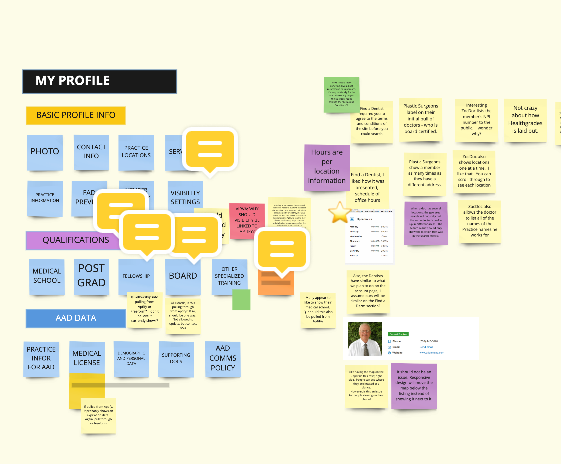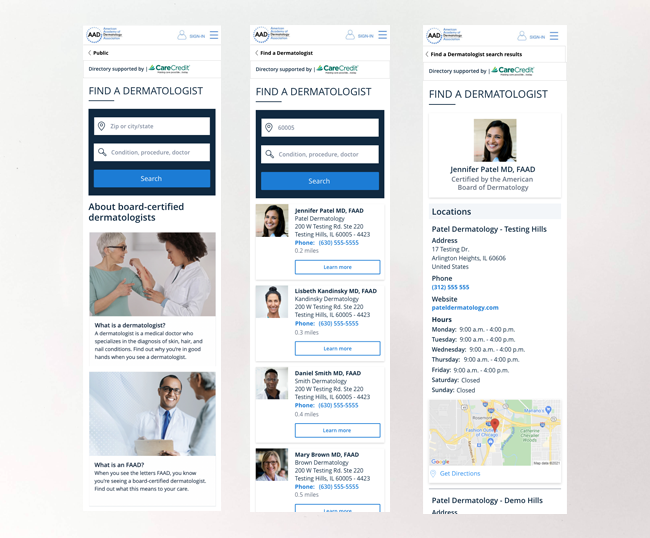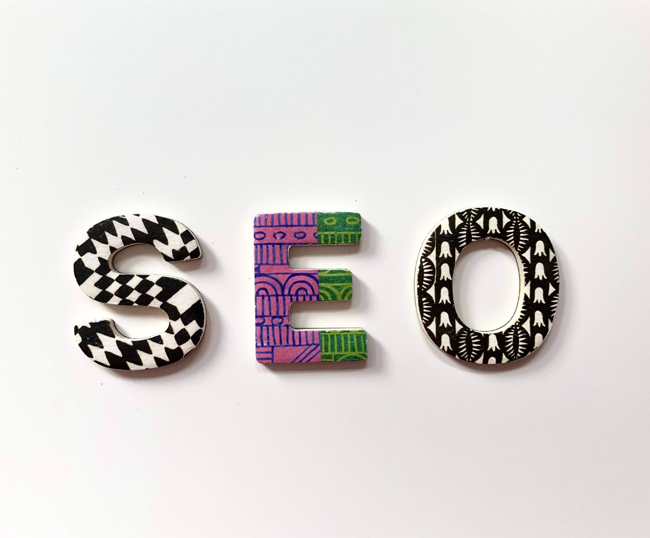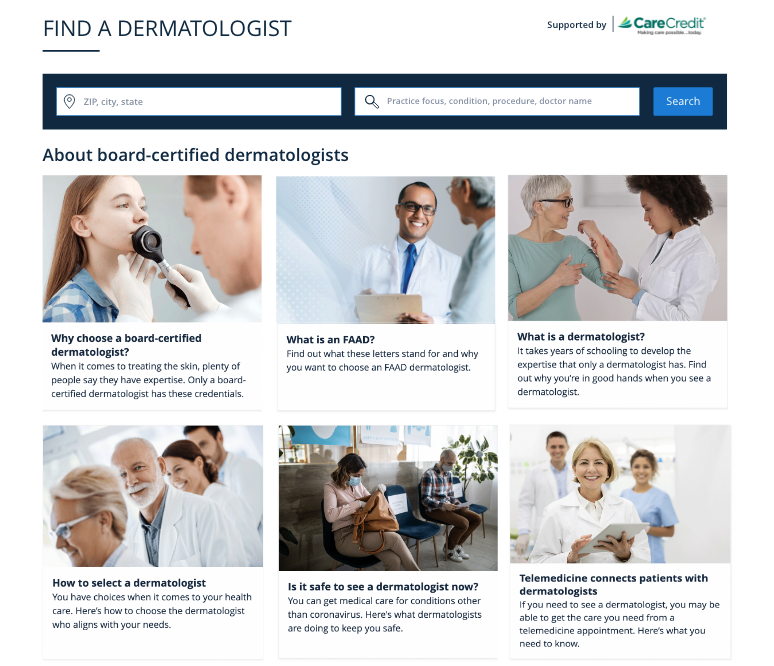THE PRODUCT
American Academy of Dermatology provides a service for the public through their website: A tool for finding a board-certified dermatologist in their area.

American Academy of Dermatology provides a service for the public through their website: A tool for finding a board-certified dermatologist in their area.

The doctor finding tool attempted to cater to two distinct audiences within a single product. It functioned both as a member directory for doctors to locate their colleagues and as a public-facing tool for the general public to find doctors. This dual-purpose approach proved confusing, as the users struggled to discern between information intended for the general public and that intended for their colleagues.

To obtain a foundational understanding of the issues on a broader scale, a survey was conducted to gather additional insights into the overall experience. The survey uncovered additional problems: there were insufficient listings, the listings were too generic for individuals seeking highly specialized care, and it appeared that the listings were frequently outdated and lacked accompanying photos.

Workshops and meetings were arranged to get alignment on all the aspects of the project from content details to timelines. This product had stakeholders from many different departments: It was important to facilitate cross-functional collaboration.
The participants for this workshop came from five different departments.
Creating workshop environment where people felt safe to share their ideas and feedback was important. Each workshop started with a ice-breaker and a short presentation of the goals of the workshops.

Building an empathy map around our persona increased the team’s understanding of the users’ pain points and goals. The participants were selected to bring diverse viewpoints to the workshop from every level of organization. Results were presented to the director-level stakeholders after the workshop.

Ideas were shared and discussed without any pressure to generate final solutions. It was highly beneficial to hear diverse perspectives from five different departments that had varying levels of involvement and knowledge about this section.
Miro was utilized for these remote sessions. Each participant constructed their own version of the content and its hierarchy, and dot voting was employed to identify the most effective solution for subsequent refinement.

The member directory and the public-facing directory were separated into distinct entities. This allowed for a dedicated focus on the public-facing tool as its own product, addressing the specific needs of its audience.
Analytics indicated that a majority of visitors accessed the tool using their mobile devices, highlighting the importance of optimizing it for mobile usage.
The UI design was derived from the design library that I had created during the redesign of the entire website.

Two rounds of usability testing were conducted. First round of testing was arranged in person and the second one remotely.
The usability testing revealed some challenges with the member directory and its connection to the rest of the member profile within the account section.
The Find a Dermatologist product testing revealed some content issues related to the frequency of updates to the information as well as need for more work in optimizing the product for mobile.
Changes to the designs were implemented based on the results of testing.

Search engine optimization (SEO) was improved by implementing meta data and providing geographically localized listings. Internal search was improved by implementing a new AI-powered 3rd party search application with auto suggestion and autocomplete instead of multiple, long drop-down filters.

